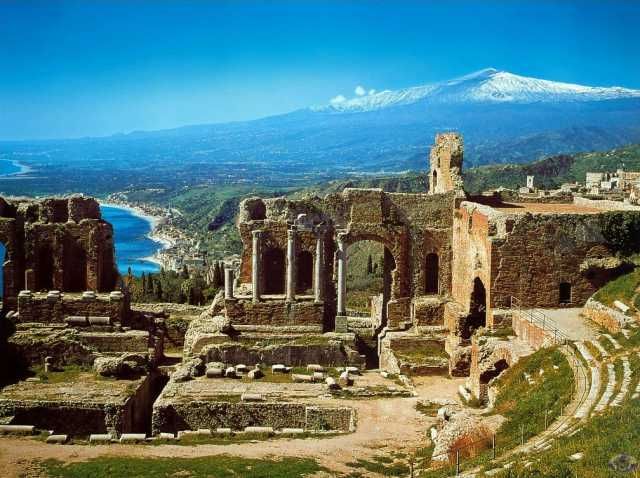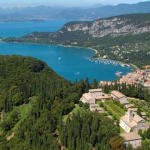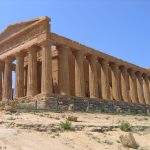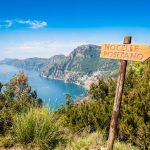
02 Apr 2014 The force of Italian volcanoes: the secret city of Pompei
 Italy’s active volcanoes are located in Sicily and Campania.
Italy’s active volcanoes are located in Sicily and Campania.
Etna, the most famous, and the biggest in Europe, is located in Sicily, in the province of Catania. It is almost constantly active, emitting lava from the central crater as well as from the numerous cracks along the slopes.
The other volcanoes are situated in the Aeolian Islands, north of the Sicilian coast, and create a regular volcanic archipelago. Lipari, the largest volcano, last erupted in Roman times around 1200 years ago. Only the 900 meters above the sea are visible of Stromboli, the volcano that has been continuously active for over 2000 years, whilst the other 1000 meters are underwater.
The low energy explosions of the volcano emit pieces of magma, some of which fall outside the crater and slide down a cliff called the Sciara del Fuoco. Vulcano, which was active for over 120 thousand years, last erupted in 1888-1890. Today the fumaroles that emit gas and vapor are reminders of its ancient activity.
The Phlegraean Fields, an volcanic area near Naples, constitute a single volcanic system, which is in constant evolution, resulting in the development of a territory of particular scenic and natural beauty, characterized by the presence of excellent thermal waters, protected coves, natural ports, a sea that is well stocked with fish, a fertile countryside where native vines are cultivated and volcanic lakes.
This was the location of the oldest city of Magna Graecia, Cumae (VII, VIII century B.C.) which, in turn, led to the foundation of Naples. During the Roman imperial period the Phlegraean Fields represented the second urban-territorial system in the world.
 In addition to this, in Campania, Vesuvius (altitude 1280 meters), dominates the Gulf of Naples. Historically its most famous eruption took place in 79 A.D., destroying Herculaneum and Pompeii.
In addition to this, in Campania, Vesuvius (altitude 1280 meters), dominates the Gulf of Naples. Historically its most famous eruption took place in 79 A.D., destroying Herculaneum and Pompeii.
Pompeii was founded by the Osci or Oscans, one of the first Italic peoples. It is situated on a plateau of volcanic origin on the southern slope of Mt. Vesuvius, around 30 meters above sea level, along the mouth of the river Sarno, in a militarily and commercially strategic position.
After being governed by the Greeks, the city came under the formidable rule of the Etruscans: the Temple of Apollo and the Stabian Baths date back to this period. Towards the end of the V century B.C., Pompeii was occupied by the Samnites. At the end of the Samnite Wars, Rome ruled unopposed over the whole of the Campania region.
In the II century B.C. the agricultural and commercial activities, particularly the production and export of wine and oil, made Pompeii a very rich city, as demonstrated by the noble residences unearthed during archaeological excavations.
The Temple of Jupiter, the Basilica in the Forum area and the House of the Faun date back to this period. The town flourished for many years during which the Amphitheater and Odeon were built and, later the Eumachia Building and the Temple of Augustan Fortune.
On 5th February 63 AD Pompeii, with its 20,000 inhabitants, was devastated by a terrible earthquake. It had still not been completely rebuilt sixteen years later when, on 24th August 79 AD, it was buried under a mantle of ash and lapilli following an unexpected eruption of Mt. Vesuvius (which probably, at that time, was not considered to be an active volcano) and, for thousands of years, became a secret city.
Vesuvius last erupted in 1944.










